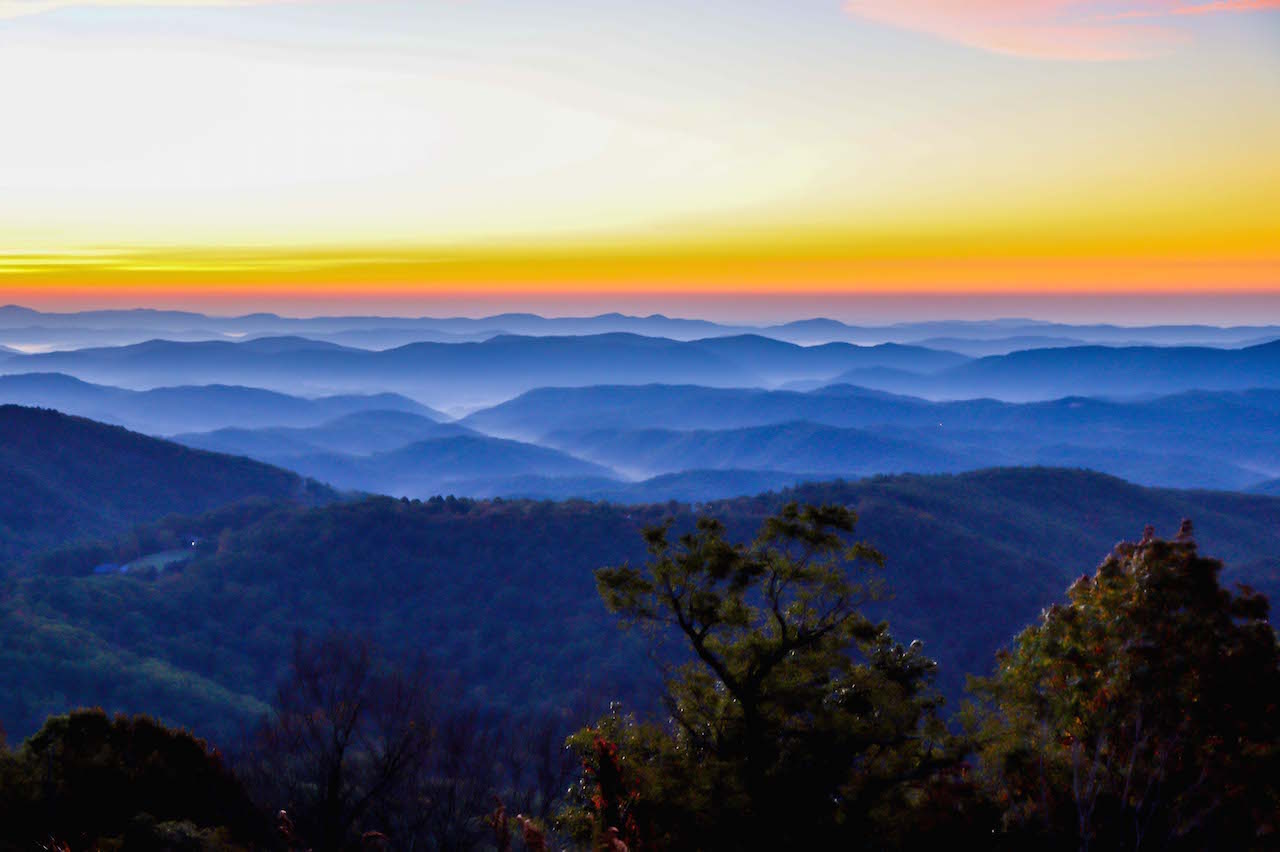Poland, a country steeped in a rich tapestry of history, culture, and unexpected surprises, often remains overlooked. With its fascinating tales and vibrant traditions, exploring Poland reveals nuggets of knowledge that pique curiosity and admiration alike. This listicle unveils intriguing facts about Poland that span various domains, including history, culture, and unexpected surprises. Here are some remarkable aspects that define this captivating nation:
1. A Land of Resilience: Poland’s Historical Struggles
Poland’s history is a chronicles of resilience. Over the centuries, it has faced invasions, partitions, and wars, yet time and again, the Polish people have emerged stronger. In the late 1700s, Poland was partitioned by its neighboring powers—Russia, Prussia, and Austria—disappearing from the map for over a century. Polish independence was resurrected in 1918, only to be curtailed once more during World War II, when it suffered devastating consequences. This buoyancy reflects the indomitable spirit of the Polish populace, as seen in the national motto: “For our freedom and yours.”
2. The Birthplace of the Renaissance in Eastern Europe
Poland played a pivotal role in fostering Renaissance culture in Eastern Europe. The Jagiellonian University, established in 1364, is one of the oldest universities in the world and attracted scholars from across Europe. The university’s legacy is illustrated by numerous scientific contributions, including those from astronomer Nicolaus Copernicus, who proposed the heliocentric model of the solar system, fundamentally altering our understanding of the universe.
3. The Distinctive Polish Cuisine
Poland’s culinary heritage is a delectable reflection of its culture. Dishes such as pierogi, traditional dumplings filled with various ingredients, and bigos, a hearty stew composed of sauerkraut and meat, are staples in Polish households. The country’s love for bread, particularly rye, is also notable, emphasizing its agrarian roots. Additionally, Poland boasts an enticing array of desserts, such as paczki, deep-fried pastries filled with sweet fillings—a favorite during Fat Thursday festivities. This culinary diversity reveals much about Poland’s historical influences and the significance of communal dining.
4. A Polish Literary Tradition
Poland has a rich literary tradition, boasting eminent writers who have contributed significantly to world literature. Nobel laureates like Wisława Szymborska and Czesław Miłosz have shaped literary thought globally. They explore themes of identity, humanity, and philosophical inquiry through their compelling narratives and poetry. Moreover, childhood favorites such as the works of author Janusz Korczak, who championed children’s rights, demonstrate Poland’s literary profundity.
5. The Enigmatic Białowieża Forest
Designated a UNESCO World Heritage Site, Białowieża Forest is one of the last and largest remaining parts of the primeval forest that once stretched across Europe. Home to the European bison, or wisent, this lush habitat is a critical ecological area, offering biological diversity and a glimpse of prehistoric landscapes. The forest represents not only natural splendor but also a sanctuary for numerous flora and fauna, making it a vital focus of conservation efforts.
6. The Passionate Pursuit of Amber
Poland is famously known as the “Land of Amber,” with the Baltic Sea being the source of this fossilized resin. Estimated to be up to 50 million years old, Baltic amber not only holds aesthetic appeal but also historical significance. Amber jewelry has adorned Polish nobles since medieval times. The Amber Route, a historical trade route, facilitated commerce between ancient civilizations and remains elemental to Poland’s historical trade identity.
7. Vibrant Festivals and Folk Traditions
The tapestry of Polish culture is richly embroidered with vibrant festivals and folk traditions. Events like Wianki, celebrated during the summer solstice, exhibit a captivating blend of music, dance, and the enchanting art of flower wreaths. Similarly, the annual Pierogi Festival in Krakow highlights culinary skills and fosters a sense of community through shared cultural practices. Folk art, characterized by intricate paper cutouts and traditional wooden carvings, encapsulates Poland’s artistic inclinations and regional identities.
8. An Architectural Marvel: The Wawel Castle
Arguably one of Poland’s most notable architectural achievements, the Wawel Castle in Kraków represents centuries of Polish history and artistry. Once the residence of Polish kings, this iconic structure displays a blend of Romanesque, Gothic, and Renaissance architectural styles. It houses the Crown Treasury and Armory, ensuring that visitors gain insights into regal life and Poland’s tumultuous past. The castle is not just a historical mark but also a cultural symbol of national pride.
9. Language and Dialects
The Polish language, a member of the West Slavic language group, exhibits a distinct phonetic and grammatical structure. With seven noun cases, it offers a linguistic complexity that piques the interest of language enthusiasts. Regional dialects add additional layers, with local expressions and vernacular enriching the linguistic landscape. Additionally, Poland’s dedication to preserving its language has fostered a literary and cultural renaissance in the post-communist era.
10. Surprising Nature: Poland’s Diverse Landscapes
Poland boasts an astonishing variety of landscapes—from the sandy beaches along the Baltic Sea to the majestic Tatra Mountains in the south. The Mazury region, often referred to as the “Land of a Thousand Lakes,” offers stunning natural beauty, ideal for water sports and ecotourism. This geographical diversity nurtures a rich biodiversity, ranging from lush forests to sprawling grasslands, showcasing Poland’s commitment to environmental conservation and sustainable tourism.
In conclusion, Poland is a treasure trove of historical narratives, cultural richness, and natural wonders. Each fact serves as a testament to the country’s resilient spirit, offering insights that both educate and inspire. As exploration continues, the unearthing of Poland’s vibrant narratives may surprise many, unraveling an intricate identity that is uniquely Polish.





